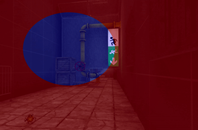
Designing rich content and graphics for VR experiences means creating complex materials and high-resolution textures. But rendering all that content at VR resolutions and frame rates can be challenging, especially when rendering at the highest quality. You can address this challenge by using variable rate shading (VRS) to focus shader resources on certain parts of an image��specifically��
]]>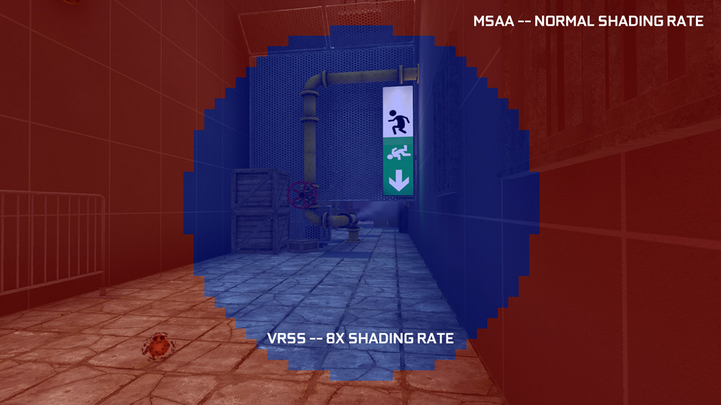
For information about VRSS 2, see Delivering Dynamic Foveated Rendering with NVIDIA VRSS 2. The Virtual Reality (VR) industry is in the midst of a new hardware cycle �C higher resolution headsets and better optics being the key focus points for the device manufacturers. Similarly on the software front, there has been a wave of content-rich applications and an emphasis on flawless VR��
]]>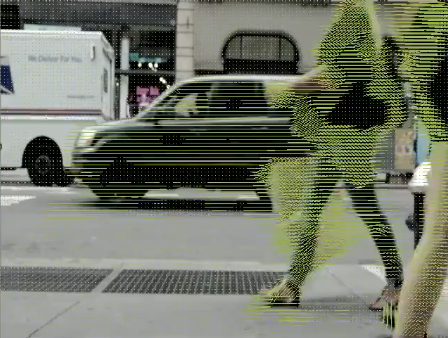
OpenCV is a popular open-source computer vision and machine learning software library with many computer vision algorithms including identifying objects, identifying actions, and tracking movements. The tracking algorithms use optical flow to compute motion vectors that represent the relative motion of pixels (and hence objects) between images. Computation of optical flow vectors is a��
]]>
If there��s one constant in AI and deep learning, it��s never-ending optimization to wring every possible bit of performance out of a given platform. Many inference applications benefit from reduced precision, whether it��s mixed precision for recurrent neural networks (RNNs) or INT8 for convolutional neural networks (CNNs), where applications can get 3x+ speedups. NVIDIA��s Turing architecture��
]]>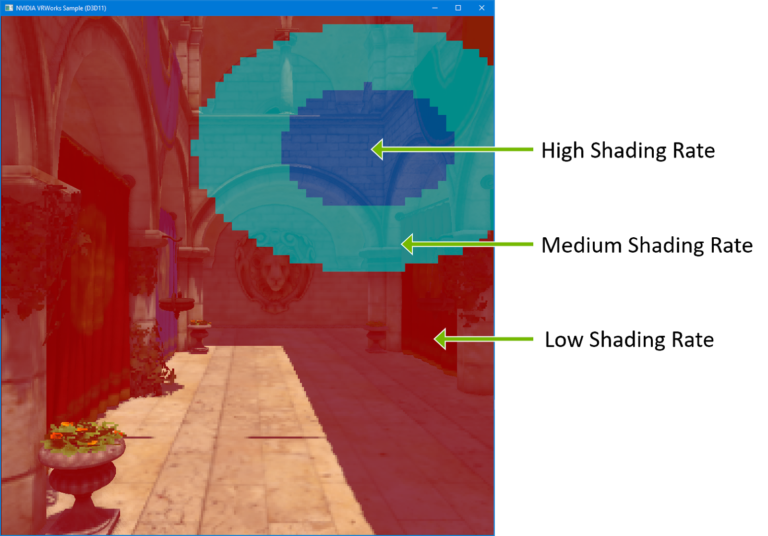
VR head-mounted displays (HMDs) continue to dramatically improve with each generation. Resolution, refresh rate, field of view, and other features bring unique challenges to the table. The NVIDIA VRWorks Graphics SDK has been offering various rendering technologies to tackle the challenges brought forth by the increasing capabilities of these new HMDs. NVIDIA Turing introduced Variable Rate��
]]>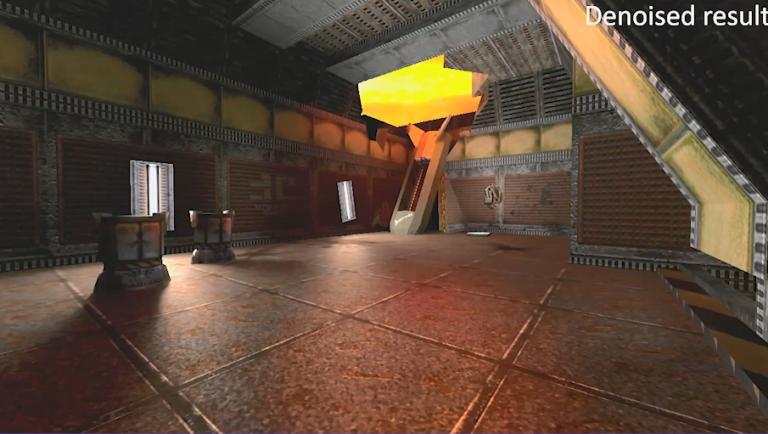
You wouldn��t know Quake II is now more than 20 years old when looking at the new RTX version. Path-traced reflections, shadows, and dynamic light sources bring the game��s cavernous environments to life. These new lighting techniques produce a more grounded and convincing aesthetic than the fully rasterized look we��ve all become accustomed to in modern games. Quake II RTX started as a research��
]]>
Machine learning harnesses computing power to solve a variety of ��hard�� problems that seemed impossible to program using traditional languages and techniques.?Machine learning?avoids?the need for a programmer to explicitly program the steps in solving a complex pattern-matching problem such as understanding speech or recognizing objects within an image. NVIDIA aims to bring machine learning to��
]]>The CUDA Fortran compiler from PGI now supports programming Tensor Cores with NVIDIA��s Volta V100 and Turing GPUs. This enables scientific programmers using Fortran to take advantage of FP16 matrix operations accelerated by Tensor Cores. Let��s take a look at how Fortran supports Tensor Cores. Tensor Cores offer substantial performance gains over typical CUDA GPU core programming on Tesla V100��
]]>
ZeroLight��s proprietary visualisation platform is used across the automotive industry. Offering real-time product rendering, hyper-realistic visuals, our proprietary supersampling technology, and fully configurable models, our platform has enabled automotive OEMs to exceed their customers�� expectations with a range of dynamic, high-quality experiences for various outputs.
]]>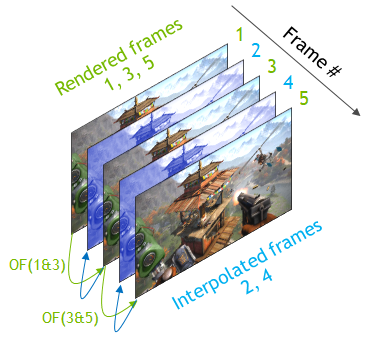
NVIDIA��s Turing GPUs introduced a new hardware functionality for computing optical flow between images with very high performance. The Optical Flow SDK 1.0 enables developers to tap into the new optical flow functionality. You can download the Optical Flow SDK 1.0 from the NVIDIA developer zone. Until a few years ago, tasks such as recognizing and tracking an object or classifying an action in��
]]>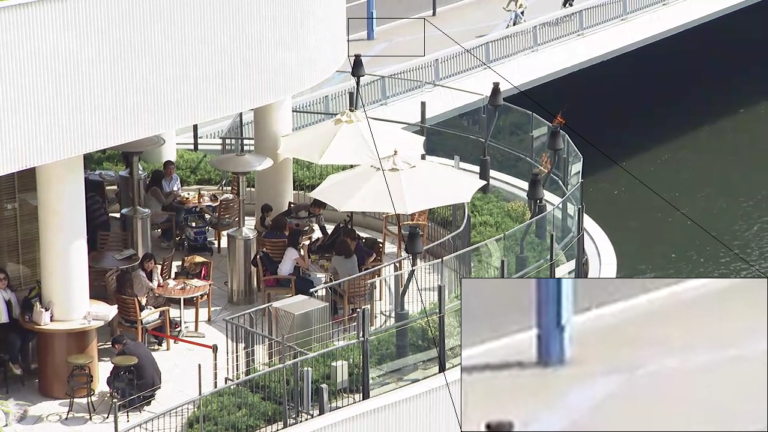
All NVIDIA GPUs starting with Kepler support fully-accelerated hardware video encoding; GPUs starting with Fermi support fully-accelerated hardware video decoding. The recently released Turing hardware delivered Tensor Cores and better machine learning performance, but the new GPU also incorporated new multimedia features such as an improved NVENC unit to deliver better compression and image��
]]>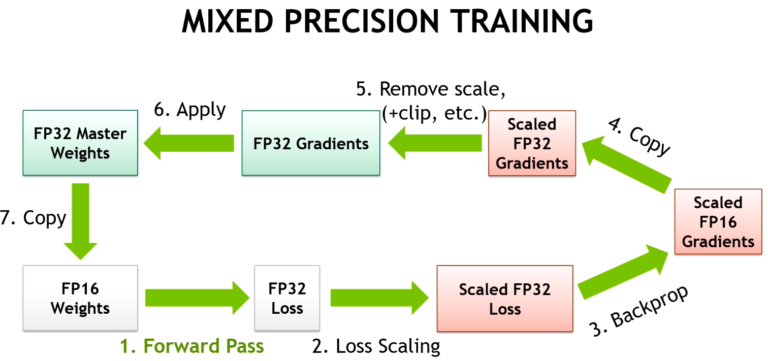
Neural networks with thousands of layers and millions of neurons demand high performance and faster training times. The complexity and size of neural networks continue to grow. Mixed-precision training using Tensor Cores on Volta and Turing architectures enable higher performance while maintaining network accuracy for heavily compute- and memory-intensive Deep Neural Networks (DNNs).
]]>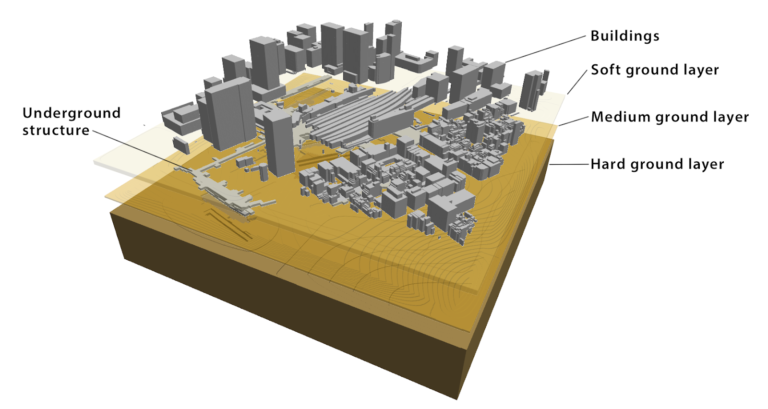
Double-precision floating point (FP64) has been the de facto standard for doing scientific simulation for several decades. Most numerical methods used in engineering and scientific applications require the extra precision to compute correct answers or even reach an answer. However, FP64 also requires more computing resources and runtime to deliver the increased precision levels.
]]>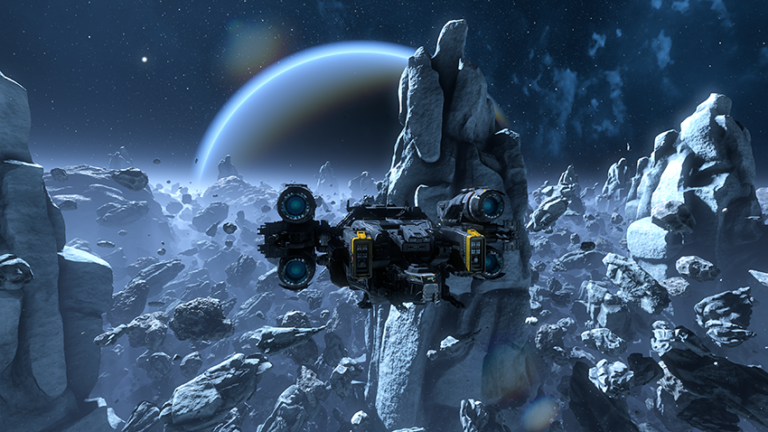
The NVIDIA Asteroids demo showcases how the mesh shading technology built into NVIDIA��s Turing GPU architecture can dramatically improve performance and image quality when rendering a substantial number of very complex objects in a scene. The following video highlights the capabilities of the mesh shader in the Asteroids demo. This video shows off the Asteroids demo in action.
]]>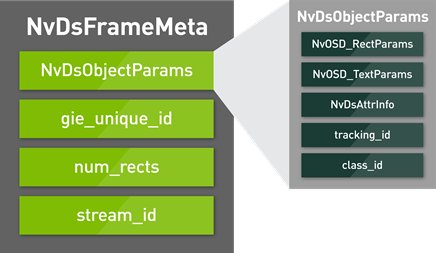
A picture is worth a thousand words and videos have thousands of pictures. Both contain incredible amounts of insights only revealed through the power of intelligent video analytics (IVA). The NVIDIA DeepStream SDK accelerates development of scalable IVA applications, making it easier for developers to build core deep learning networks instead of designing end-to-end applications from scratch.
]]> ]]>
]]>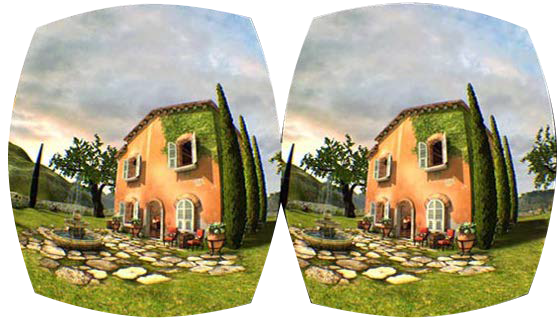
Turing GPUs introduce a new shading capability called Texture Space Shading (TSS), where shading values are dynamically computed and stored in a texture as texels in a texture space. Later, pixels are texture mapped, where pixels in screen-space are mapped into texture space, and the corresponding texels are sampled and filtered using a standard texture lookup operation. With this technology we��
]]>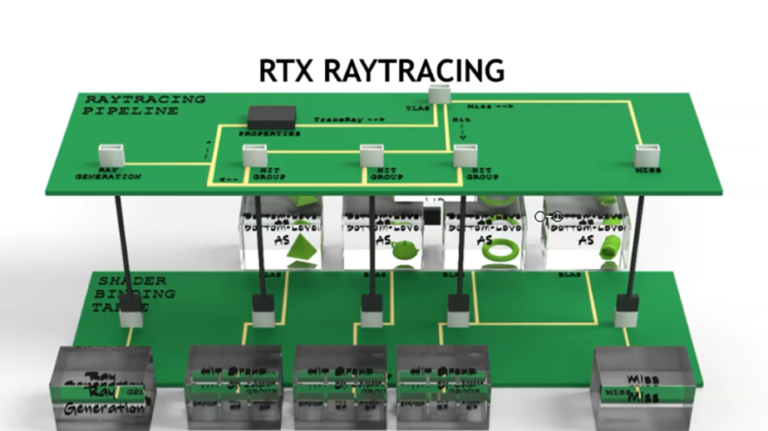
RTX introduces an exciting and fundamental shift in the way lighting systems work in games and applications. In this video series, NVIDIA Engineers Martin-Karl Lefrancois and Pascal Gautron help you get started with real-time ray tracing. You��ll learn how data and rendering is managed, how acceleration structures and shaders work, and what new components are needed for your pipeline.
]]>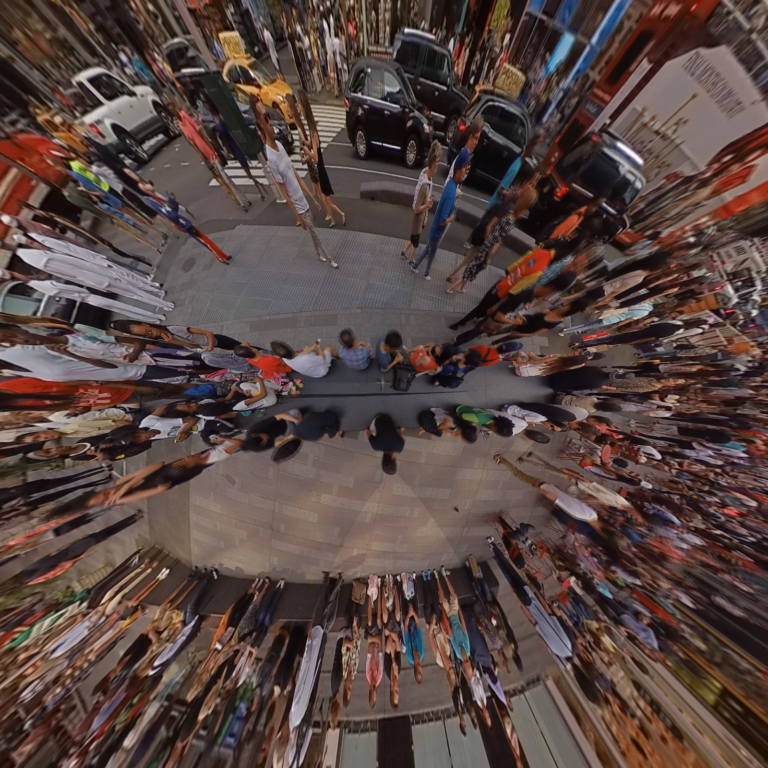
NVIDIA VRWorks 360 is no longer available or supported. For more information about other VRWorks products, see NVIDIA VRWorks Graphics. An ecosystem of camera systems and video processing applications surround us today for professional and consumer use, be it, for film or home video. The ability to enhance and optimize this omnipresent stream of videos and photos has become an important focus��
]]>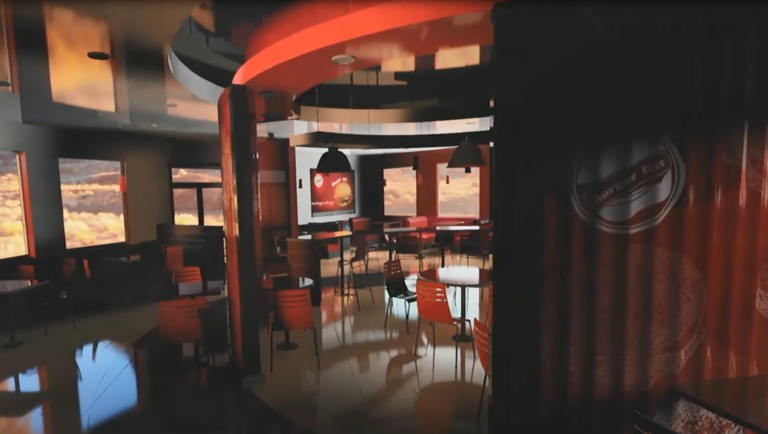
NVIDIA��s new Turing GPU unleashed real-time ray-tracing in a consumer GPU for the first time. Since then, much virtual ink has been spilled discussing ray tracing in DirectX 12. However, many developers want to embrace a more open approach using Vulkan, the low-level API supported by the Khronos Group. Vulkan enables developers to target many different platforms, including Windows and Linux��
]]>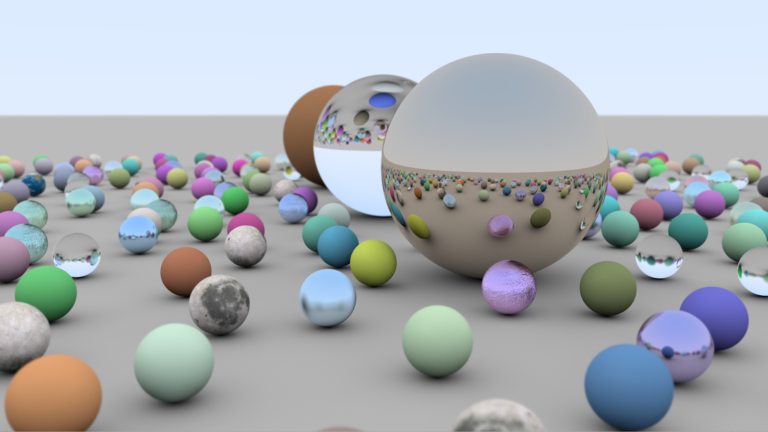
Editor��s note: What happens when a veteran graphics programmer with substantial experience in old-school ray tracing (in other words, offline rendering), gets hold of hardware capable of real-time ray tracing? I��m finally convinced. I joined NVIDIA around SIGGRAPH, just as the RTX hardware for ray tracing was announced. I saw the demos, heard the stats, but these didn��t mean a lot to me��
]]>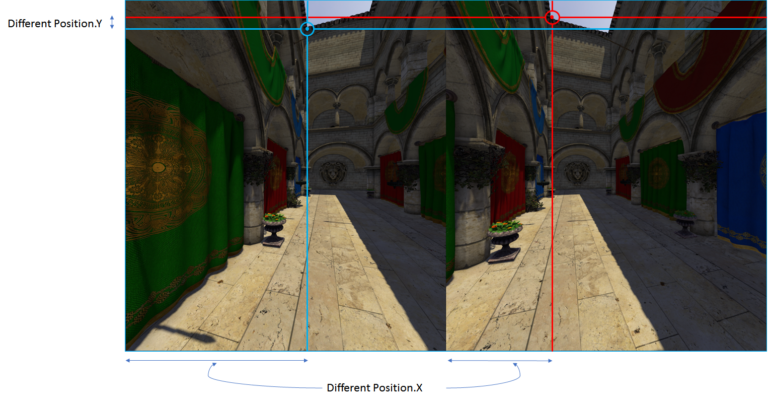
Virtual reality displays continue to evolve and now include advanced configurations such as canted HMDs with non-coplanar displays. Other headsets offer ultra-wide fields-of-view as well as other novel configurations. NVIDIA Turing GPUs incorporate a new feature called Multi-View Rendering (MVR) which expands upon Single Pass Stereo, increasing the number of projection views for a single rendering��
]]>
NVIDIA Turing GPUs enable a new, easily implemented rendering technique, Variable Rate Shading (VRS). VRS increases rendering performance and quality by applying a varying amount of processing power to different areas of the image. VRS works by changing the number of pixels that can be processed by a single pixel shader operation. Single-pixel shading operations can now be applied to a block��
]]>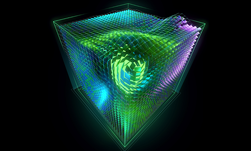
NVIDIA��s Turing architecture is one of the biggest leaps in computer graphics in 20 years. Here��s a look at the latest developer software releases to take advantage of this cutting-edge GPU. CUDA 10 CUDA 10 includes support for Turing GPUs, performance optimized libraries, a new asynchronous task-graph programming model, enhanced CUDA & graphics API interoperability��
]]>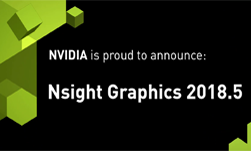
NVIDIA is proud to announce Nsight Graphics 2018.5 with Turing GPU support! This release offers Turing profiling support for Nsight Graphics�� Range Profiler and GPU Trace activities. In addition, copy queue activity can now be visualized in GPU Trace (our new GPU Occupancy Profiler). Nsight Graphics has day zero support for the new Turing GPU architecture, unlocking the power of��
]]>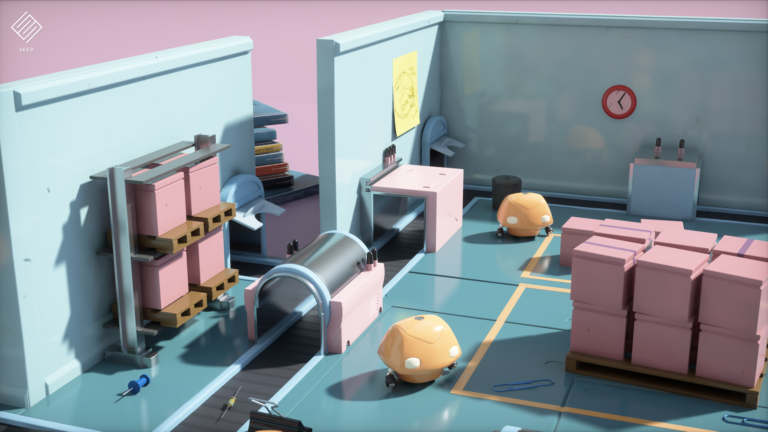
SEED, Electronic Art��s ��Search for Extraordinary Experiences Divison��, walks through what they��ve learned about real-time ray tracing when they built the impressive ��PICA PICA�� demo over the next four videos.. In just a few months with DXR, SEED designed a demo showing what could be done with depth-of- field, ray traced reflections, ray traced ambient occlusion, soft shadows, translucency��
]]>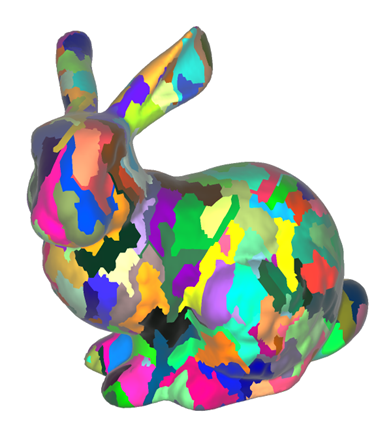
The Turing architecture introduces a new programmable geometric shading pipeline through the use of mesh shaders. The new shaders bring the compute programming model to the graphics pipeline as threads are used cooperatively to generate compact meshes (meshlets) directly on the chip for consumption by the rasterizer. Applications and games dealing with high-geometric complexity benefit from the��
]]>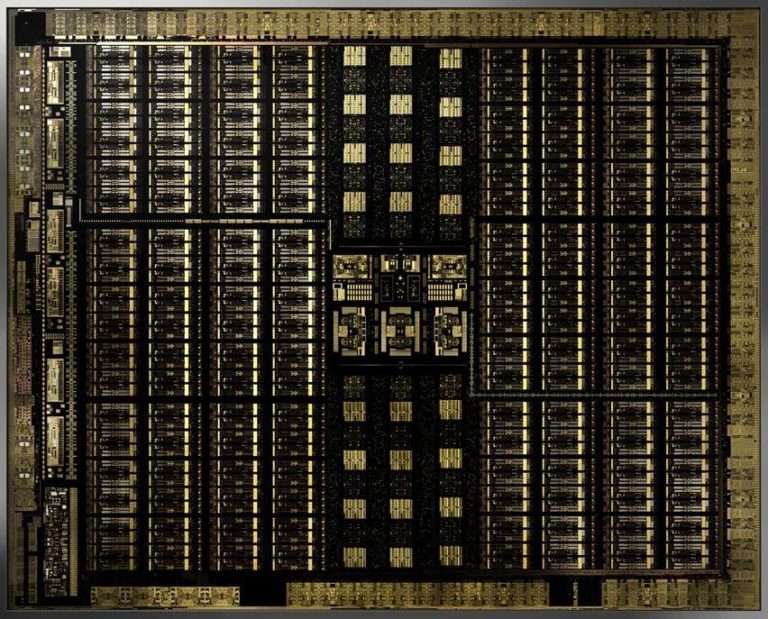
Fueled by the ongoing growth of the gaming market and its insatiable demand for better 3D graphics, NVIDIA? has evolved the GPU into the world��s leading parallel processing engine for many computationally-intensive applications. In addition to rendering highly realistic and immersive 3D games, NVIDIA GPUs also accelerate content creation workflows, high performance computing (HPC) and datacenter��
]]>
The NVIDIA Turing architecture is one of the biggest leaps in computer graphics in 20 years. Here��s a look at all of the developer software announced to take advantage of this cutting-edge GPU. With NVIDIA Turing GPU architecture at its foundation, the NVIDIA RTX development platform fuses ray tracing, deep learning, simulation, and advanced shading to fundamentally transform the creative��
]]>